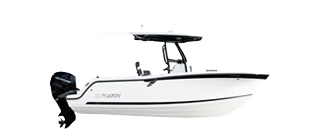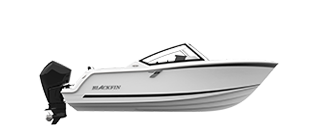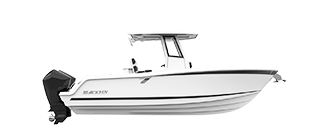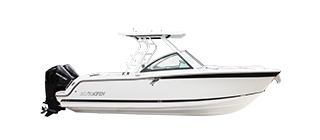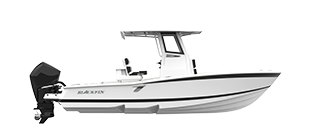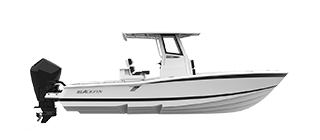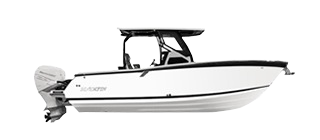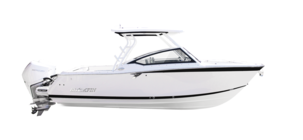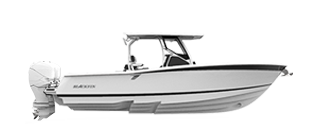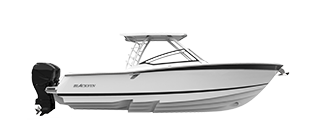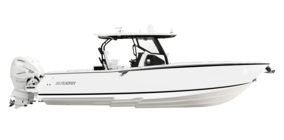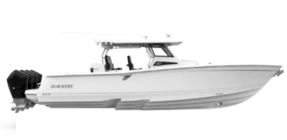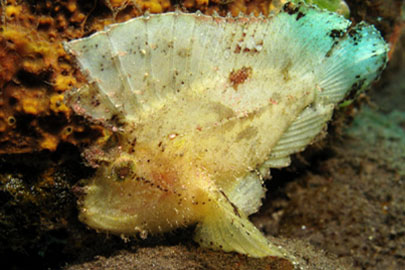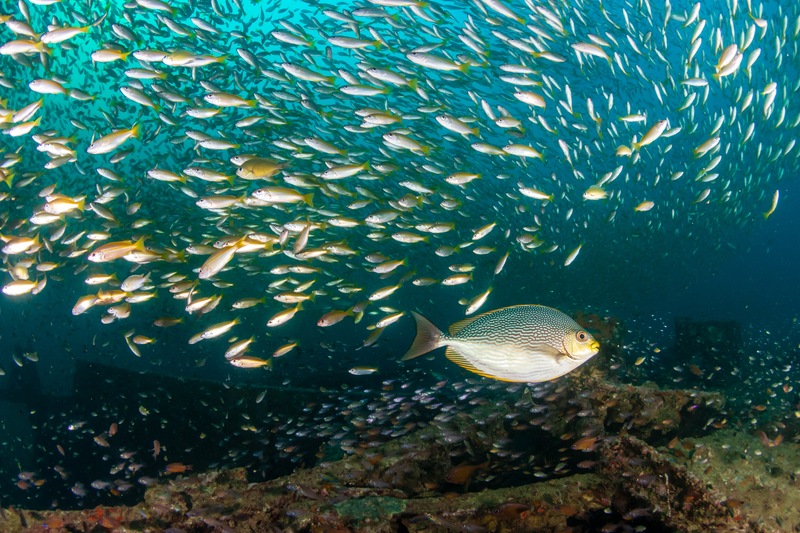
As you prepare to hit the water on your Blackfin Boat this spring, you might be gearing up and replenishing your tackle box. Or perhaps you’re stocking up on strategy — that is, checking out articles and videos about how to maximize your success this spring, or land the catch that’s always evaded you.
A frequent term you’ll come across is “structure.” But even the most seasoned of anglers might wonder where, exactly, to find that — or why it’s so important to fish there.
Structure typically refers to the varied underwater “terrain” beneath the surface: features that jut up from the lake or ocean floor, or affect the depth of the H2O, and provide fish a unique environment to swim in and around. (Cover, alternatively, refers to more impermanent features that shelter fish. We’ll tackle those later!)
By getting used to fishing structure, you may find that you’re able to reel in an even greater haul on your next spring adventure! Just read on for a brief guide to the best underwater features worth adding to your itinerary.
Jetties, Docks, & Bridges
Though they aren’t naturally occurring, jetties, docks, and bridges eventually become part of a fish’s underwater world — a pretty major part, at that! The underwater supports of these structures have a stabilizing force against waves and currents, giving fish a break from the elements — and giving you a chance to find them at their hungriest.
Sand Bars & Point Bars
These terms refer to patches of shallow water that stand out from their surroundings, serving as a conduit for food and fish “traffic” between different depths.
Artificial Reefs
You don’t want to fish a natural coral reef, as it’s a living ecosystem in its own right that’s susceptible to human impact. Artificial reefs, though, provide all the benefits of such an underwater structure — like the various passageways and points of shelter for fish of varying sizes — without putting live coral and other marine invertebrates in harm’s way. Artificial reefs can refer to intentional manmade structures (Florida has 3,800 planned reefs lining its shores!), as well as shipwrecks that naturally take on the role of fish structure over time.
Lake Humps
Lake humps are essentially underwater islands. Even though you can’t see them from the surface, these changes in elevation can have a major impact on your fishing game — so get to know them as you’re cruising a new body of water for the first time!
Drop-Offs
When you’re fishing your favorite lake, you notice a major difference cruising from the boat launch area to the central channel. The drop-off, or dramatic change in elevation, makes a big impact on your boating experience — and, as it turns out, on the fish beneath the surface too. Scope out these spots in the water, especially during times of temperature change when fish will be hustling to find colder (or warmer) surroundings, depending on the season.
Bonus: Don’t Forget About Cover!
Like we said earlier, structure and cover aren’t quite the same — but they do serve a similar function in the aquatic or marine environment, by serving as a protective gathering space for fish (and, thus, an ideal place to fish for them). Examples of cover include buoys, logs, and floating vegetation that hugs the shoreline of your favorite fishing hole.
Because these aren’t fixed features, you can’t rely on them as dependably as, say, a long-standing dock or the natural curvature of a lake drop-off. But you’ll want to keep an eye out for them on the water — because when you do come across them, they can clue you into lively action beneath the surface.
Experienced anglers know that the surface of the water is just half the story. By getting to know the structure beneath, you can improve your angling game in time for spring and summer fun. Here’s to your best haul yet!
Bookmark & Share
User Comments
Be the first to comment on this post below!
Previous Article
Most Popular Articles
- Blackfin Fishing Boats - The Legend Lives On | Blackfin Boats
- The Blackfin 272CC ? Ranked Among The Very Best Fishing Boats of 2018!
- How to Acquire Your Boat Captain?s License in Florida
- Blackfins new 33? debuts at the 2018 Fort Lauderdale International Boat Show!
- Top 5 Tips for Buying Your First Fishing Boat
- What is the Best Time to Buy a Blackfin Fishing Boat?
- 5 Reasons Why Blackfin Boats are Every Angler?s Dream!
- Center Console Boats Guide - Advantages & Benefits


